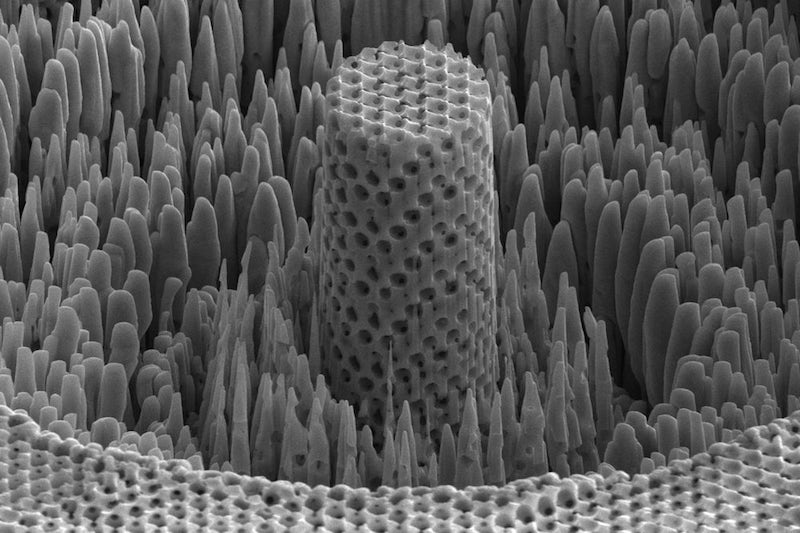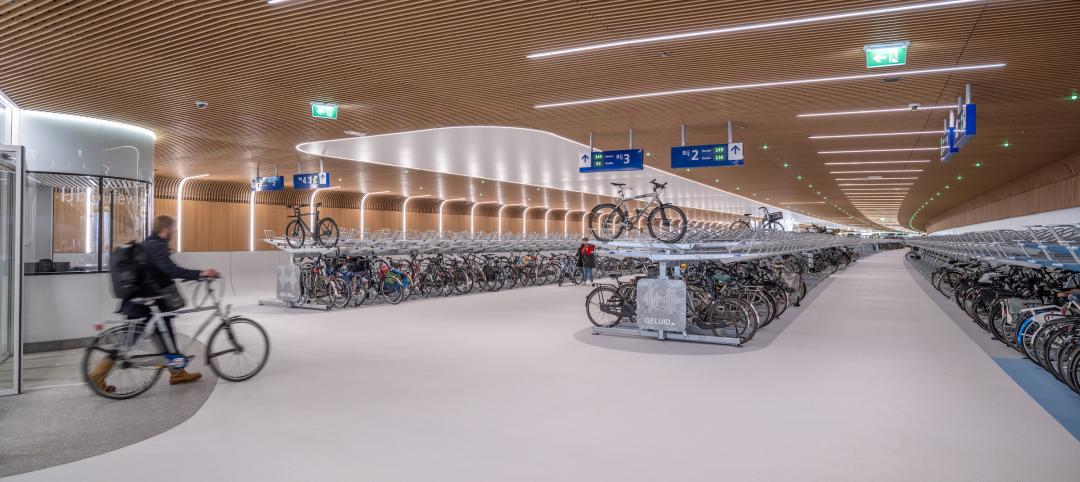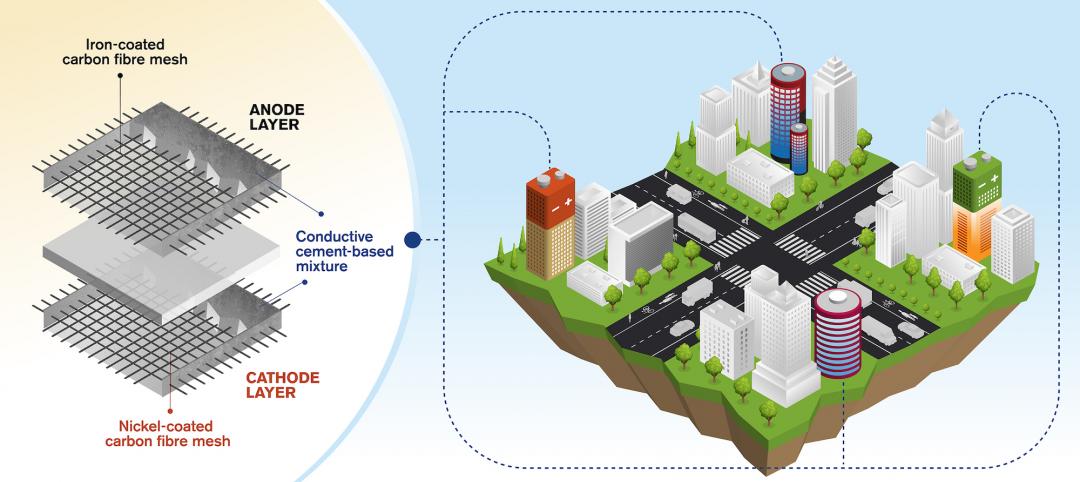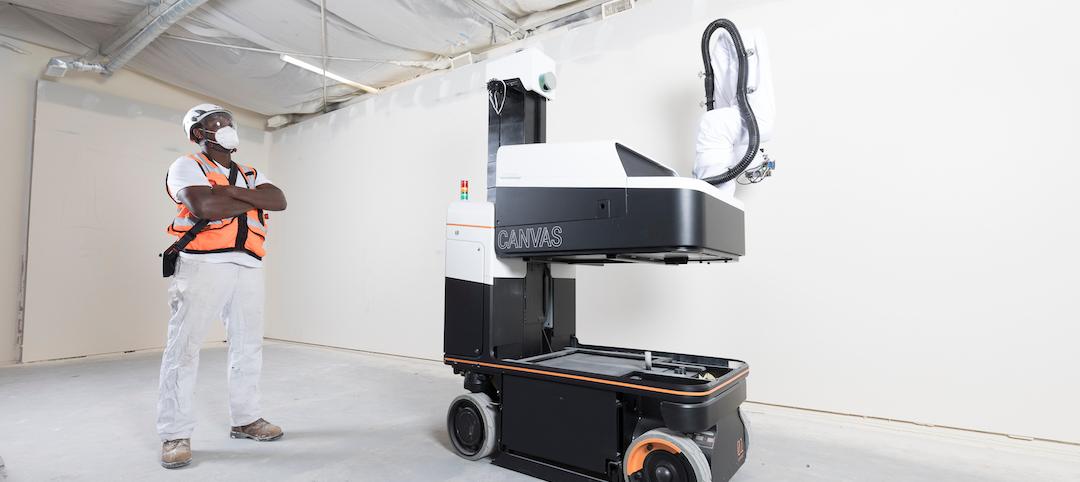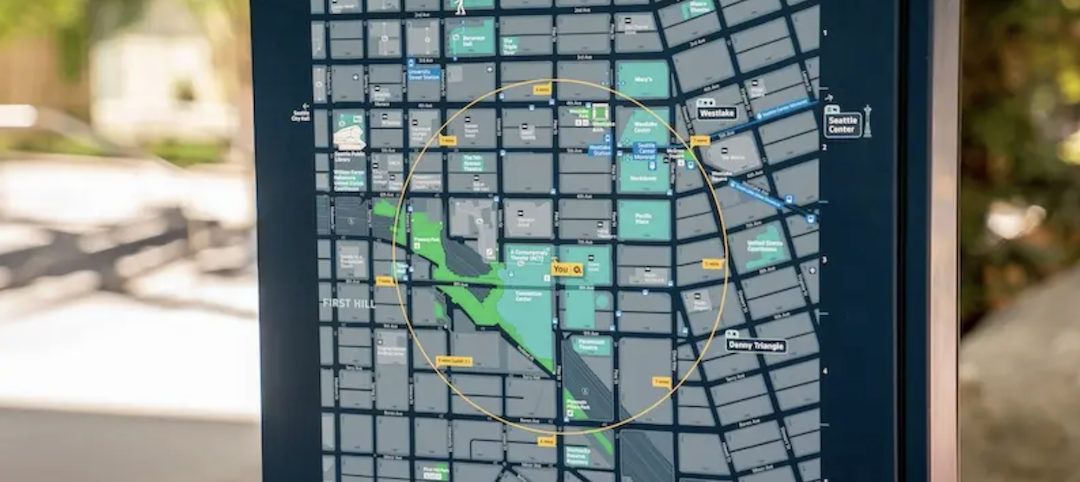Wood has been used as a building material for structures, tools, and weapons for hundreds of thousands of years. And while it is a natural resource, wood has undergone many changes as a material from its earliest uses in primitive weapons.
Engineered products like OSB expanded applications for wood in all types of construction. Cross-laminated timber took wood to new heights. Now, the next evolution of wood can be seen on the scientific horizon.
A group of researchers from Columbia University has created “digital wood” through the use of 3D-printing, while another group of researchers from several universities—including the University of Pennsylvania and Turkey’s Middle East Technical University—have created “metallic wood.”
See Also: An apiary for the sanctuary
In a study published by the researchers from Columbia University (bit.ly/2WKMFye), they explain how multicolor 3D printing is typically used for external color textures wrapped around a monomaterial core. What they have done, however, is 3D print a substance that, both internally and externally, resembles real wood.
The process included using a CNC mill to slice and image olive wood samples at 27-micrometer intervals. A total of 230 images were taken and then prepared for manufacturing on a voxel-capable 3D printer using a stochastic dithering algorithm. The resulting resin block printed from the machine resembled the original wooden block in both its external appearance and its internal color pattern.
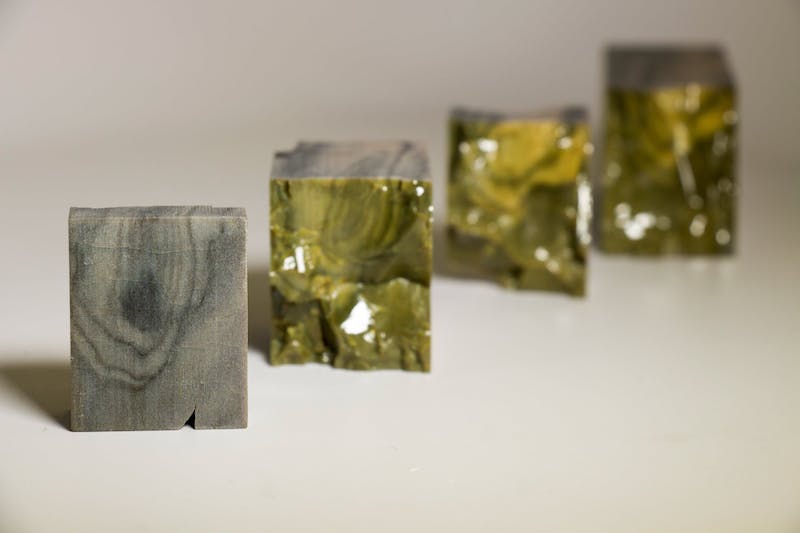 Courtesy Columbia University.
Courtesy Columbia University.
More importantly than just replicating olive wood, the researchers say the workflow can be used in the digital replication of objects with complex internal patterns that are currently impossible to manufacture.
In a separate study, researchers created “metallic wood” that is not so much concerned with the look of wood, but with its density and cellular nature. Like the digital wood, metallic wood isn’t really wood at all. It is actually a nano-structured cellular material based on electroplated nickel, which has the strength of titanium, the density of water, and the porous cellular nature of natural materials like wood. This means the material is as strong as titanium, but four to five times lighter.
The improved strength comes from size-dependent strengthening of load-bearing nickel struts whose diameter is as small as 17 nanometers and whose strength is as high as eight gigapascals.

The process for creating the metallic wood starts with tiny plastic spheres, only a few hundred nanometers in diameter, suspended in water. The water is then slowly evaporated, which causes the spheres to settle and stack like cannonballs. The researchers then use electroplating to infiltrate the plastic spheres with nickel. The plastic is then dissolved with a solvent, leaving behind an open network of metallic struts that can be combined with other functional coatings.
Similar to wood, metallic wood has some areas that are thick and dense with the metal struts, while other areas are porous with air gaps. In fact, about 70% of metallic wood is empty space. These pores could be infused with other materials, such as anode materials, that would allow the metallic wood to be, say, a plane wing that also doubles as a battery.
Related Stories
Cladding and Facade Systems | Apr 5, 2023
Façade innovation: University of Stuttgart tests a ‘saturated building skin’ for lessening heat islands
HydroSKIN is a façade made with textiles that stores rainwater and uses it later to cool hot building exteriors. The façade innovation consists of an external, multilayered 3D textile that acts as a water collector and evaporator.
Transportation & Parking Facilities | Mar 23, 2023
Amsterdam debuts underwater bicycle parking facility that can accommodate over 4,000 bikes
In February, Amsterdam saw the opening of a new underwater bicycle parking facility. Located in the heart of the city—next to Amsterdam Central Station and under the river IJ (Amsterdam’s waterfront)—the facility, dubbed IJboulevard, has parking spots for over 4,000 bicycles, freeing up space on the street.
Concrete | Jan 24, 2023
Researchers investigate ancient Roman concrete to make durable, lower carbon mortar
Researchers have turned to an ancient Roman concrete recipe to develop more durable concrete that lasts for centuries and can potentially reduce the carbon impact of the built environment.
Sponsored | Resiliency | Dec 14, 2022
Flood protection: What building owners need to know to protect their properties
This course from Walter P Moore examines numerous flood protection approaches and building owner needs before delving into the flood protection process. Determining the flood resilience of a property can provide a good understanding of risk associated costs.
Giants 400 | Nov 14, 2022
4 emerging trends from BD+C's 2022 Giants 400 Report
Regenerative design, cognitive health, and jobsite robotics highlight the top trends from the 519 design and construction firms that participated in BD+C's 2022 Giants 400 Report.
AEC Tech | Apr 13, 2022
A robot automates elevator installation
Schindler—which manufactures and installs elevators, escalators, and moving walkways—has created a robot called R.I.S.E. (robotic installation system for elevators) to help install lifts in high-rise buildings.
AEC Tech Innovation | Mar 9, 2022
Meet Emerge: WSP USA's new AEC tech incubator
Pooja Jain, WSP’s VP-Strategic Innovation, discusses the pilot programs her firm’s new incubator, Emerge, has initiated with four tech startup companies. Jain speaks with BD+C's John Caulfield about the four AEC tech firms to join Cohort 1 of the firm’s incubator.
Great Solutions | Jan 18, 2022
Researchers develop concept for rechargeable cement-based batteries
Researchers from the Department of Architecture and Civil Engineering at Chalmers University of Technology in Gothenburg, Sweden, have created a concept for rechargeable batteries made of cement. The concept involves a cement-based mixture with small amounts of short carbon fibers added to increase conductivity and flexural toughness.
Great Solutions | Nov 22, 2021
Drywall robots take the risk out of the finishing process
Canvas is using robots to complement the work already being done by drywall professionals.
Great Solutions | Sep 23, 2021
Seattle looks to become America’s most walkable city with a new citywide wayfinding system
Seamless Seattle will support the Seattle Department of Transportation’s commitment to increase the percentage of trips made by walking to 35% by 2035.


